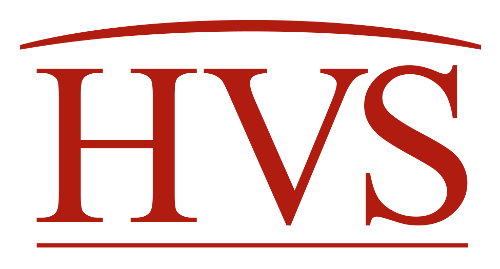
Over the past year, the Albuquerque and New Mexico market have suffered unprecedented declines in demand because of the COVID-19 pandemic. These declines have been driven by more restrictive state-imposed limitations on travel and business operations, especially for hotels. As the state begins to emerge from COVID-19 restrictions, we examine the recovery outlook.

Rod Clough, President – Americas, interviewed McKenna Luke, Senior Vice President, Albuquerque and Michael Smithson, Vice President, Phoenix overseeing the Southwest region, on April 8, 2021, to discuss the current Phoenix market dynamics and the outlook for recovery.

The COVID-19 pandemic has negatively affected hotels in the greater San Antonio market since early March 2020, similar to most cities in the United States. How far has the San Antonio hotel market fallen? When is group demand expected to rebound? What will the recovery look like?

The Twin Cities hotel market has suffered a greater loss than that of the nation given the combined impact of the COVID-19 pandemic and civil unrest. Many hotels suspended operations between April and June, with little activity taking place in urban cores. How far has the market fallen, and what will the next few years look like?

The COVID-19 global pandemic has significantly impacted lodging markets across the country; however, each submarket has been affected differently, which has largely depended on the supply and demand forces of that submarket. As a renowned leisure destination that has weathered economic downturns and natural/ecological disasters in the past, the Florida Keys has proven to be resilient, and this recovery should be no different.

Napa Valley’s resiliency and depth of demand has been illustrated year after year, even with the addition of new supply and the recent wildfires. While the Glass Fire and restrictions related to the ongoing COVID-19 pandemic affected the market in 2020, market participants remain confident in Napa Valley’s recovery from the pandemic over the long term, further indicated by developers’ and buyers’ continued interests in the market.

The challenges faced by the City of Roses in 2020 were nothing short of devastating. Not only did the COVID-19 pandemic wreak havoc on the local economy, but social injustice and political demonstrations, as well as devastating fires that displaced thousands and resulted in hazardous air quality, continued to impede recovery efforts throughout the year. Moreover, the exaggerated national media attention further exacerbated conditions. Looking ahead, Portland as a city works to heal and rebuild.

Since early March of 2020, Greater St. Louis-area hotels have suffered unprecedented declines in demand, similar to most cities in the United States, because of the COVID-19 pandemic. How far has the greater St. Louis hotel market fallen? How does this compare to the last recession? What will the recovery look like?

Since early March, Anaheim-Santa Ana hotels have suffered unprecedented declines in demand, similar to most cities in the United States, because of the COVID-19 pandemic. How far has the Anaheim-Santa Ana hotel market fallen? How does this compare to the last recession? What will the recovery look like?

The Coachella Valley is known for its signature events, including the Coachella Valley Music & Arts Festival. With major events canceled in 2020, how did the market perform? What’s the road for recovery?